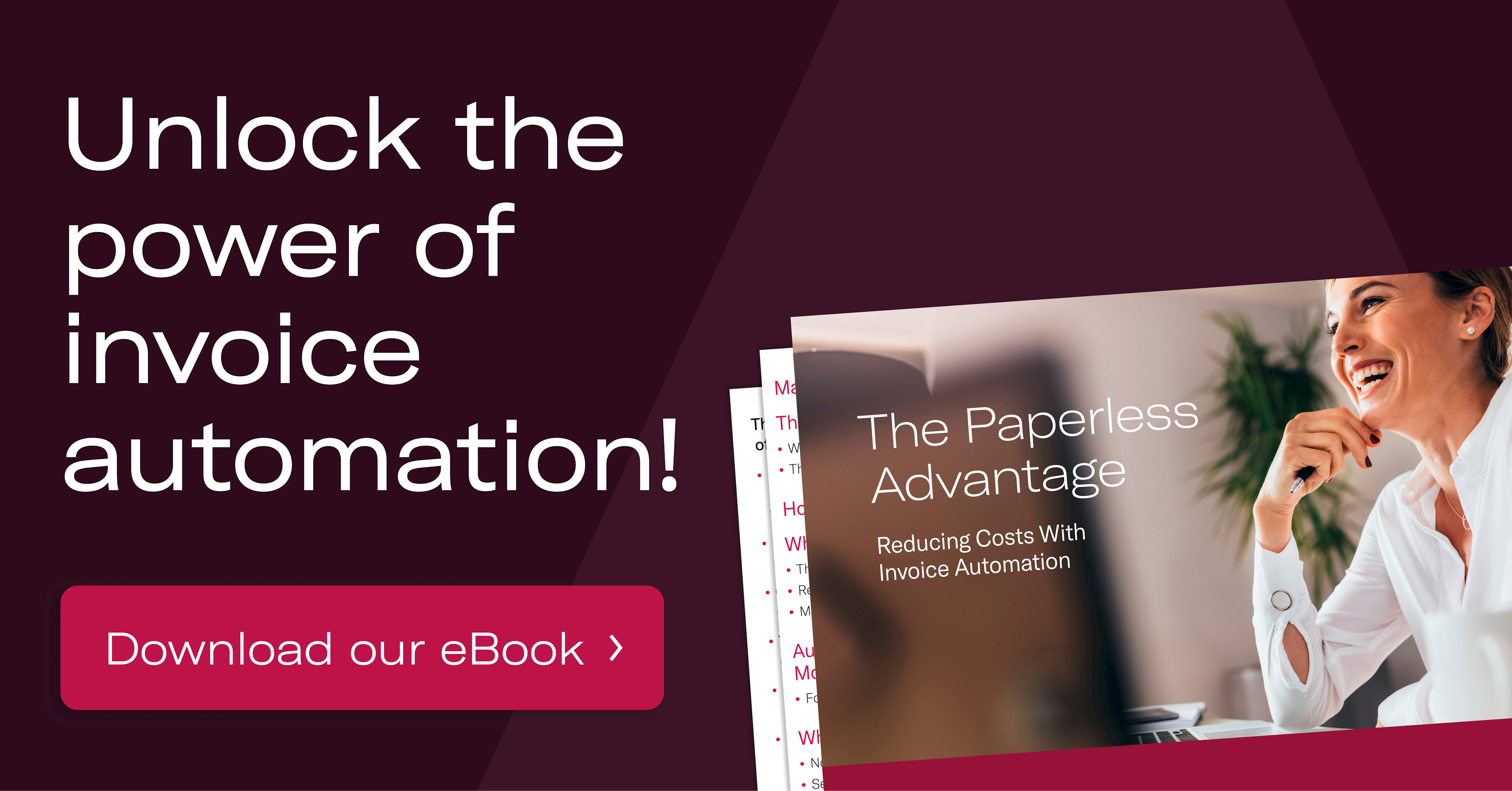Comparing Manual AP and Automated AP Software

Comparing Manual AP and Automated AP Software
Accounts payable (AP) is an essential function of any business, as it ensures that vendors and suppliers are paid accurately and on time. While AP has been a manual process for decades, automated AP software has quickly become a must-have for businesses. By outlining some of the pros and cons of manual and automated AP, you can discern which solution best benefits your company.
Consider the Value of AP Employee Time
Manual AP processes involve receiving invoices from vendors, verifying them for accuracy, entering data into the accounting system, and then cutting a physical check to the vendor. An employee – or a team of employees – does all of this work, which can be time consuming, error prone, and tedious. It also leaves staff in charge of tracking payment statuses, which may lead to delayed payments and missed discounts.
The amount of time wasted performing manual AP processes is a significant disadvantage for a business. With the need for human intervention at every step, employee time is necessarily spent on fewer value-added tasks.
Alternatively, automated AP software simplifies the process by digitizing invoices, automatically entering the data into the accounting system, and electronically paying the vendor. Automated AP software can handle a large volume of invoices, reduce processing time, and increase accuracy. This software can also provide real-time visibility into invoice statuses, which helps prevent late payments and improves vendor relationships.
Simply put, automated AP workflows allow employees to work on more strategic tasks. Once the initial setup is complete, the automated process typically requires minimal intervention from in-house staff. An end-to-end AP solution fully automates what was once a series of time-consuming workflows, which reduces the time and money it takes to complete the process significantly.
How Much Does an Error Cost Your Business?
Manual AP is prone to human error, especially when it comes to mistakes made when entering data. A single mistake in the process can be disastrous for a business, and a costly one, too. These errors cause frustration for vendors and suppliers, leading to strained relationships and reputational damage.
Manual AP workflows also lack visibility into the AP process, making it challenging to track the status of invoices. The lack of visibility can lead to delayed payments, missed discounts, and damaged relationships with vendors and suppliers.
AP automation, on the other hand, provides a more accurate and reliable way to make payments. Automated AP software includes built-in validation and can detect errors before they become significant issues. These programs reduce errors including data entry mistakes, incorrect payment amounts, and duplicate payments, which if not caught, can lead to devastating outcomes.
More Visibility, Less Risk
Automated AP software provides more visibility into the AP process. By centralizing all transactions and vendor data in a single repository, businesses can easily view real-time records of invoice statuses, payment history, and more. Plus, with the ability to use vendor data to make decisions that benefit both parties, relationships with vendors and suppliers can become more strategic and positive overall.
Another significant advantage of automated AP software is that it can reduce the risk of fraud. Payment fraud is constantly rising, and global companies have lost millions due to attacks. Payment fraud can also significantly hurt a business's reputation, which disrupts vendor relationships.
By working with an AP automation provider like Corpay, companies can offload payment risk to a proven team of AP experts. Comprehensive AP software can detect duplicate invoices, unauthorized payments, and other irregularities, reducing the risk of fraudulent activity in the AP process. The in-house team at Corpay works alongside customers to mitigate payment fraud risk and ensure protection from an evolving threat landscape.
The Cost of AP Processes
The cost of manual and automated AP processes differs substantially. Manual AP workflows are labor intensive, requiring staff to handle every step of the process. Understanding the total cost of manual processes involves calculating employee labor, the paper used to process invoices, ERP costs, transaction fees, and any time used to correct manual errors.
On the other hand, automated AP software is a one-time investment that can provide significant savings by reducing labor costs and improving efficiency. Payment automation solutions can also help businesses save money by taking advantage of early payment discounts and by earning cash rebates. When used correctly, AP departments that utilize automation often become revenue generators for a company – a perk nearly unheard of with manual processes.
Experience the Difference of AP Automation
The differences between manual AP and automated AP software are significant. Manual AP processes are time consuming, error prone, and costly, whereas AP automation provides accurate, efficient, and cost-effective results. By implementing automation, businesses can reduce the time and costs associated with the AP process, all while markedly improving efficiency.
Contact the in-house payment experts at Corpay today to discuss your AP challenges and future goals.
